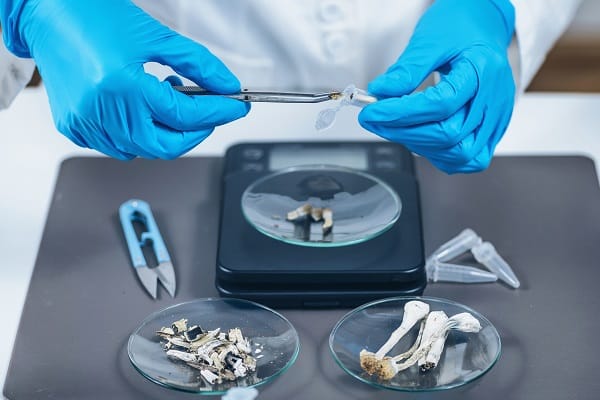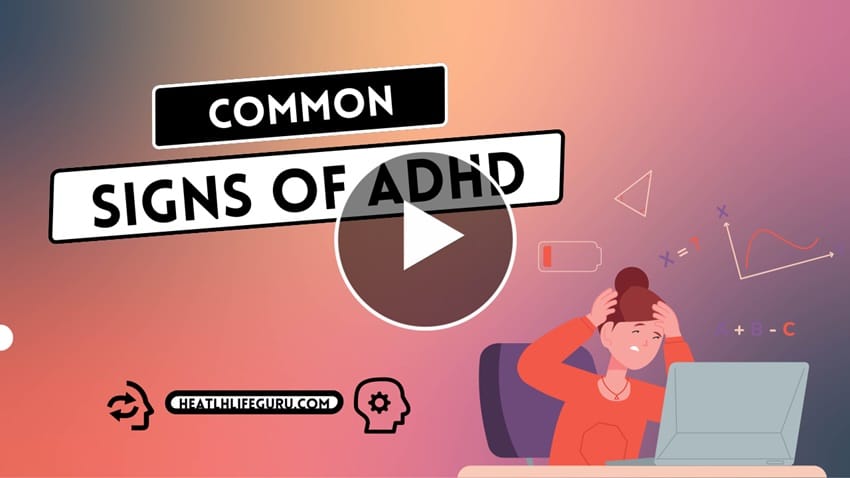Psychedelic-Assisted Therapy (PAT) has been the focus of much attention in the medical and scientific communities over the years. The allure of these therapies has grown more pronounced as the understanding of mental health deepens, and professionals increasingly recognize the limitations of traditional treatments. Society’s openness to more holistic and alternative mental health treatments has also helped spur interest and acceptance of these unconventional therapeutic methods, marking the rise of approaches such as PAT.
Contents
History Of Psychedelic Use In Therapy

The use of psychedelic substances stretches back thousands of years, deeply ingrained in the rituals and healing practices of various ancient cultures worldwide. Fast forward to the mid-20th century, these substances, such as LSD and psilocybin, were rediscovered and extensively investigated for their therapeutic potential, signifying a pivotal turning point in the realm of mental health treatment.
However, the cultural and political landscape of the 1960s brought about a stark shift in perspective, as psychedelics were associated with counterculture movements, leading to their widespread stigmatization and eventual criminalization. This resulted in a significant slowdown in research. As the world moved into the 21st century, a resurgence occurred, often referred to as the ‘psychedelic renaissance,’ characterized by renewed interest and extensive research efforts into these potent substances’ therapeutic applications.
What Is Psychedelic-Assisted Therapy?

Psychedelic-Assisted Therapy involves the professionally supervised use of substances like psilocybin, LSD, and MDMA, among others. This treatment extends far beyond simply administering these substances. It entails carefully preparing the patient for the experience (the ‘set’), fostering a supportive and safe environment (the ‘setting’), and having skilled therapists guide the therapeutic process.
The specifics of the therapy vary depending on the substance used and the condition being treated. However, PAT typically involves several stages, including initial preparatory sessions, one or more sessions with the psychedelic substances, and follow-up integration sessions. These stages are designed to help the patients process their psychedelic experiences, extract meaningful insights, and apply these newfound understandings to their day-to-day life.
The Science Behind Psychedelic-Assisted Therapy

Psychedelics have a unique mechanism of action in the brain, primarily acting on the serotonin receptors. This interaction induces a profound change in neural connectivity, creating a hyperconnected state that allows different brain regions to communicate more freely. Simultaneously, it reduces activity in the default mode network, a brain network associated with self-reflection and ego, potentially allowing individuals to break free from ingrained thought patterns.
In addition to these immediate experiential changes, psychedelics can promote neuroplasticity – the ability of the brain to reorganize itself and form new neural connections. This neuroplastic effect provides a compelling explanation for the long-lasting therapeutic impacts of PAT, which often persist long after the substances have left the body.
Case Studies And Research

Emerging research evidence increasingly supports the potential benefits of PAT for various mental health disorders. For example, studies have shown that psilocybin, the psychoactive compound in magic mushrooms, can result in significant improvements in individuals with major depressive disorder. Similarly, MDMA-assisted Therapy has shown promising results for individuals grappling with post-traumatic stress disorder. Even Ayahuasca, a potent psychedelic brew used in traditional Amazonian medicine, has demonstrated potential in alleviating symptoms of anxiety disorders.
While these findings paint an encouraging picture, it’s important to note that the research field is still in its early stages. Further robust, large-scale studies are needed to validate these preliminary results, elucidate the mechanisms underlying these effects, and explore the full potential and limitations of PAT.
Benefits And Risks

The potential benefits of PAT are impressive, especially for those who have found little relief in traditional therapeutic approaches. Patients often report enhanced self-understanding, heightened emotional openness, improved interpersonal relationships, and overall better quality of life following PAT.
Nonetheless, PAT is not without its risks and challenges. Some individuals may experience intense emotional distress during a session, while others may grapple with persistent changes in perception or unsettling memories. These potential risks underscore the importance of skilled therapeutic guidance during these sessions and the provision of robust post-session care.
Legal and Ethical Considerations

While research and therapeutic applications of psychedelics are gaining momentum, legal barriers remain in many parts of the world. That said, progress is being made, with some jurisdictions starting to relax regulations and allow the medical use of these substances under specific conditions.
Navigating the ethical landscape of PAT is also complex, with issues spanning from ensuring informed consent to risk management to fair access to treatment. It’s essential to develop comprehensive ethical guidelines and regulatory measures to ensure the safe and equitable application of these promising therapies.
Future of Psychedelic-Assisted Therapy

Looking ahead, the future of PAT seems promising. The field is evolving rapidly, with new research studies being launched, novel therapeutic protocols being developed, and increasing acceptance among healthcare professionals and the public. As doctors and scientists gather more evidence and refine their therapeutic techniques, you can expect a more widespread and nuanced use of these powerful substances in mental health treatment.
Despite the optimism, there are challenges to overcome. Ensuring access to treatment, training sufficient numbers of skilled therapists, navigating complex regulatory landscapes, and mitigating potential misuse or overuse are among the issues that need to be addressed as PAT continues to grow. However, the potential benefits of PAT for individuals suffering from mental health conditions warrant the effort and investment in addressing these challenges.
Follow The Journey Ahead For Psychedelic-Assisted Therapy
Psychedelic-Assisted Therapy is emerging as a revolutionary approach to mental health treatment. By leveraging the unique properties of psychedelic substances, PAT holds the potential to offer relief to those struggling with various mental health disorders, particularly those who haven’t responded to conventional treatments. However, as with any new frontier, PAT also brings its own set of challenges. Continued research, careful regulation, and thoughtful ethical guidelines will be crucial in ensuring that these therapies can be safely and effectively integrated into mainstream mental health care.


